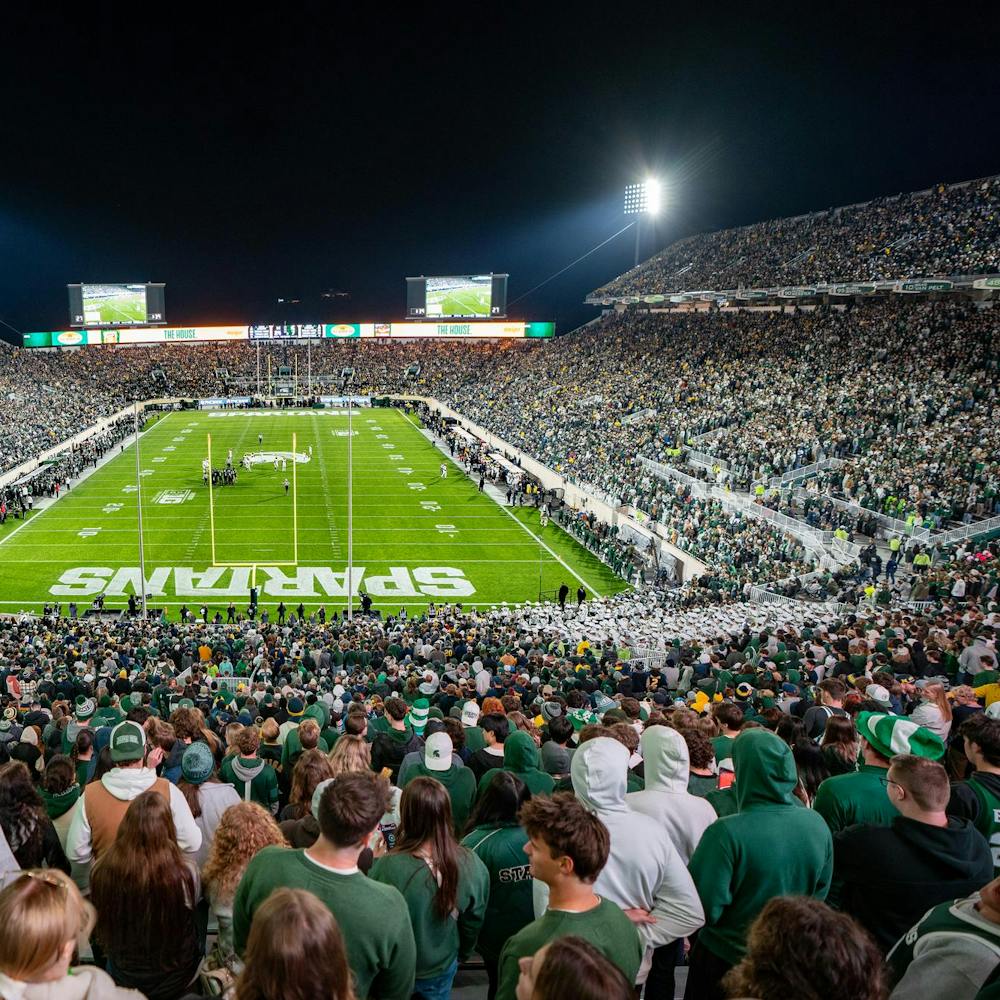Mark Buckley has been in the railroad industry for 15 years — he remembers when trains took a back seat to automobiles and airplanes, and now sees them rising to the forefront. “In the past two years ridership has increased 20 percent mostly because of high gas prices and congestion on the highways,” said Buckley, the station master for the East Lansing Amtrak station.
Following these recent demands of the industry, MSU has established a certificate program in railway management.
Buckley said he would be interested in taking the course. It further proves that there is a need for more education on railroad management.
“The industry went 20 years without hiring anyone,” said Dennis Neilson, the MSU director of railway management programs. “And many of the new people coming in only know one specific job.”
The course starts at MSU in January and is four weeks long. It is intended for railway and transportation employees who have been with a company for two to five years.
“It will help students understand the ramifications of making decisions and how it impacts the whole industry,” Neilson said.
Currently, the program is a disciplinary course in the College of Social Science, Neilson said. But within 18-24 months it could become a degree.
Representatives from the railroad and transportation industry helped organize the content and development of the course.
Other schools such as Michigan Technological University, the University of Illinois and Pennsylvania State University have railway programs already in place.
Ryan Noyes is a lobbyist for Go21 — a grassroots organization that advocates finding solutions to the nation’s rising freight transportation needs. Noyes said railroads need to be an increased part of the long-term plan for America’s transportation system.
“We have a problem that America’s railroads are becoming very congested just like the highways, and in some cases, railroads are approaching capacity,” he said.
Noyes and Go21 are pushing for the passage of The Freight Rail Infrastructure Capacity Expansion Act of 2007. The bill is currently in Congress and would give a tax credit to people who invest in new infrastructure for railroads.
Several studies have found that the amount of freight, which includes lumber, coal, furniture and household items, could increase by 67 percent in the next 15 years.
This increase could account for more railway use, as road transportation may not be enough.
“Our road system has been the means to jumpstart our economy in a number of ways,” Noyes said. “But the fact of the matter was that it was never intended to take the load that it has now, and today the load on the highway infrastructure is substantially congested by freight movement.”
Walter Heinritzi, the Michigan Trucking Association executive director, said in the next 15-20 years there is going to be a great influx in freight volume. As a result, there is going to have to be railroad expansion to handle it, he said.
“It may change the dynamic of trucking where we may focus on shorter hauls, while trains would take on the longer,” Heinritzi said.
There are environmental benefits to railroads too, Noyes said.
Trains move a ton of freight and are able to run 410 miles on a gallon of fuel, he said. Trains also emit six to 12 times less pollutants than trucks.
“We have to start to thinking about how rail will start to play a function to clean the air, improve life for America’s people and save tax payer dollars on the cost of highway infrastructure repair and maintenance,” Noyes said.
Support student media!
Please consider donating to The State News and help fund the future of journalism.
Discussion
Share and discuss “Back on track” on social media.

